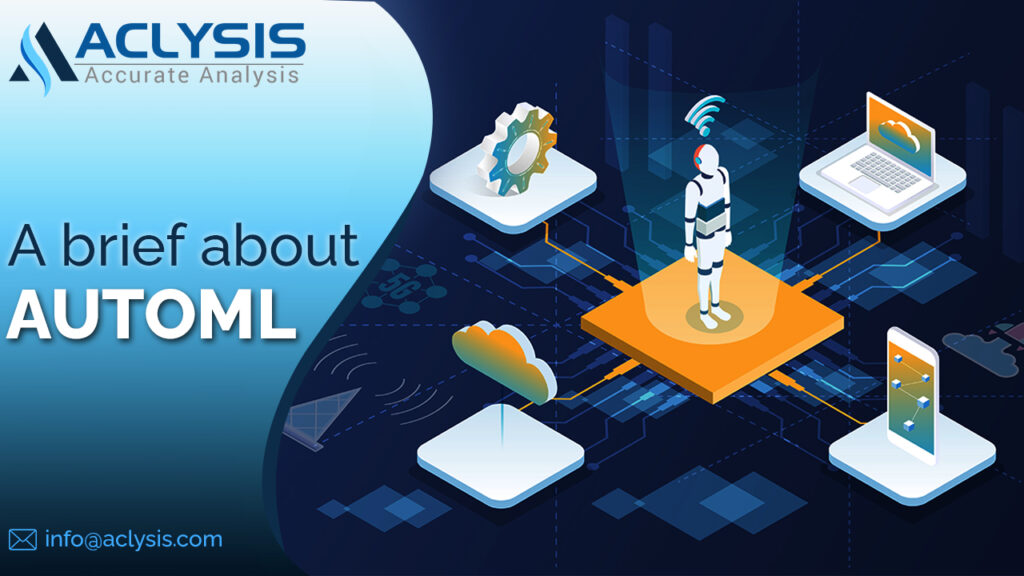
Automated machine learning basically involves choosing the model algorithm, optimising the hyperparameters, modelling iteratively and evaluating the model. Instead of trying to replace data scientists, this technology hopes to relieve them of tedious work. Parts of the data science workflow are being automated using AutoML in an effort to promote data-driven decision making.
AutoML aims to generate solutions without sacrificing accuracy, increase ML accessibility, decrease human expertise, and generally enhance model performance.
Benefits:
Usability: making machine learning accessible to non-specialists
Productivity: boosting the output of machine learning engineers
Performance: developing more effective machine learning models
Challenges:
Data Structure: Processing unstructured and semi-structured data is an obstacle in AutoML.
Rapid change in condition: It is challenging to use automatic ML and get reliable results when the underlying conditions are changed rapidly.
Explainability: Every step is performed at backstage without any human intervention and it is a black box process. The chosen solution can fall short of what the intended users want. Analysts must seek to create the standards for uniform, comprehensible ML.

Applications:
In order to make data science increasingly accessible and shorten the time needed to produce value, AutoML combines the greatest AI approaches. AutoML is a better choice for quick decision making.
Fraud Detection: Credit card fraud is evolving into the most widespread kind of identity theft as a result of the expansion of the e-commerce sector and the rise in the use of credit cards as a payment mechanism. The introduction of new online payment channels has made the issue worse.
Healthcare Management: Whether it involves examining crucial medical parameters, predicting illness development using the data obtained, arranging treatments or providing support.
Transportation: in car rental, a client’s position is automatically determined via a mobile app, which then suggests a destination based on the client’s prior travels (ML calculation based on Historic Trip Data).
Security: Detection of carrying any prohibited article etc. in a populated area and many more.
Conclusion
Simply put, no. Despite their strength, AutoML tools can only optimise models, which is only a portion of a data scientist’s job. AutoML can automate the model-optimization process because it may be repeated for a wide range of use cases. Data-science expertise is still required to identify use cases, collect relevant data, create applications, choose metrics, etc. Additionally, data scientists can automate some of the tedious tasks associated with their work using AutoML technologies, freeing up time to concentrate on more challenging issues.
